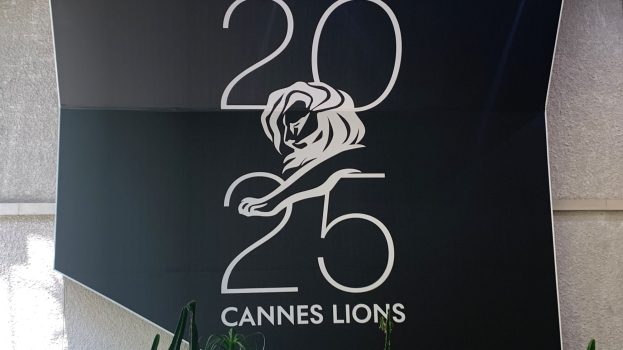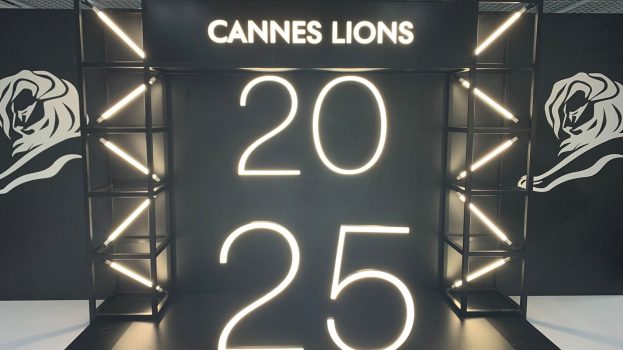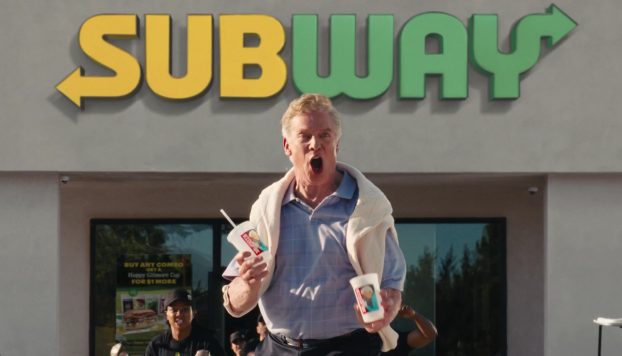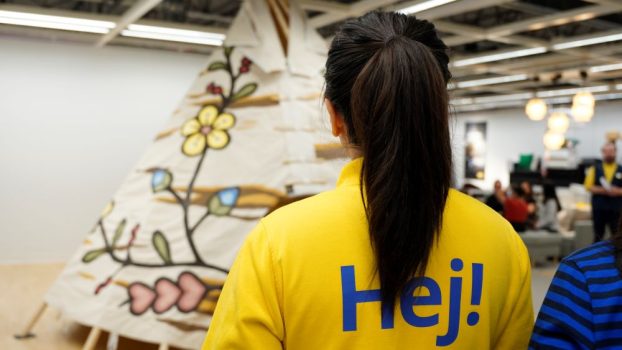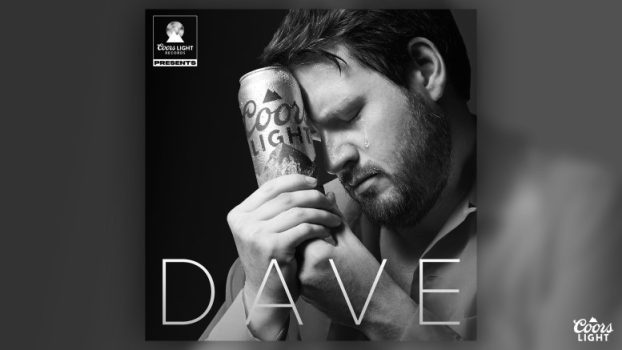By Will Novosedlik
The word “experience” has come to mean many different things. These days, the lexicon includes customer, brand, user and retail experience, as well as experiential marketing and experience design.
This profusion of jargon is evidence of a much deeper shift in the means and modes of marketing: from transaction to relationship, from push to pull, from mass to micro and ultimately, from messaging to experience.
It’s safe to say that the entirely digital user experience was the catalyst. As was foretold by the digerati of the late ’90s, almost everything commercial has migrated online, and web 1.0 and 2.0 have reshaped both the way we experience brands and our expectations in all other channels. How else do you explain Old Spice’s “The Man Your Man Could Smell Like”?
Market research confirms that people no longer expect just to be sold to. A 2008 Nielsen study exposed the growing distrust of marketing messages, with only 14% of respondents saying they trust ads. In a 2011 Havas Media Lab study, most respondents reported that they couldn’t care less if 80% of the brands out there disappeared tomorrow.
I suspect a big part of this indifference to marketing is because the better part of its output is mediocre. The great stuff is rare, and generally much more successful, such as Target Communications’ Newfoundland & Labrador Tourism campaigns, which are among the most emotionally compelling works of advertising art ever.
But as Old Spice and others have taught us, people expect their advertising to be an engaging experience. People are actively influencing and shaping the experience they have with brands, if not the brands themselves. With that kind of power, there’s no going back to just being passive recipients of push marketing.
As people increasingly internalize brands as experience, things like experiential marketing and retail experience take on new relevance. In both of these contexts, marketing becomes physical theatre, with the store and the street acting as the stage of active engagement. Throw mobile into the mix and you have the experience captured and shared as it becomes content for a hungry social ecosystem.
This bleeding of one medium into another demands a holistic view of the entire brand experience spectrum, and the flexibility to respond to its increasingly dynamic nature. In a 24/7 data-rich and data-driven environment, the content of today’s customer conversations becomes tomorrow’s research data, next quarter’s integrated campaign, and next year’s products.
Which brings us to the last term in this emerging lexicon: customer experience. It has come to mean something that lies outside the realm, but not the influence, of marketing. It not only refers to the design of customer-facing touchpoints, but also the operational infrastructure that supports them. It encompasses the heavy lifting that needs to be done so that the operation delivers on the brand. It’s really a systems requirements exercise, and not just in IT but also in customer care, finance, and product and service design.
It’s a process that involves methodical, detailed engineering and cross-functional integration. It almost always exposes the need for organizational change, as it is a traditional management consulting practice area. Thus it’s an arena where agencies are neither equipped nor interested to do battle.
The best customer experience platforms are tightly integrated with what the brand stands for and promises.
As both the enabler and the handmaiden of commerce, mass marketing has performed superbly for decades, despite the boom-bust cycle. As the engine of demand creation, planned obsolescence, and endless growth, marketing has been both the infantry and the artillery of industrial era economics. But it’s been a one-way enterprise, with industry in the driver’s seat. Now customers have increasing power and are demanding a much better experience than what industry has offered them thus far.
The industrial era is over. Long live the experience era.
Will Novosedlik is VP brand & design thinking at Idea Couture.



